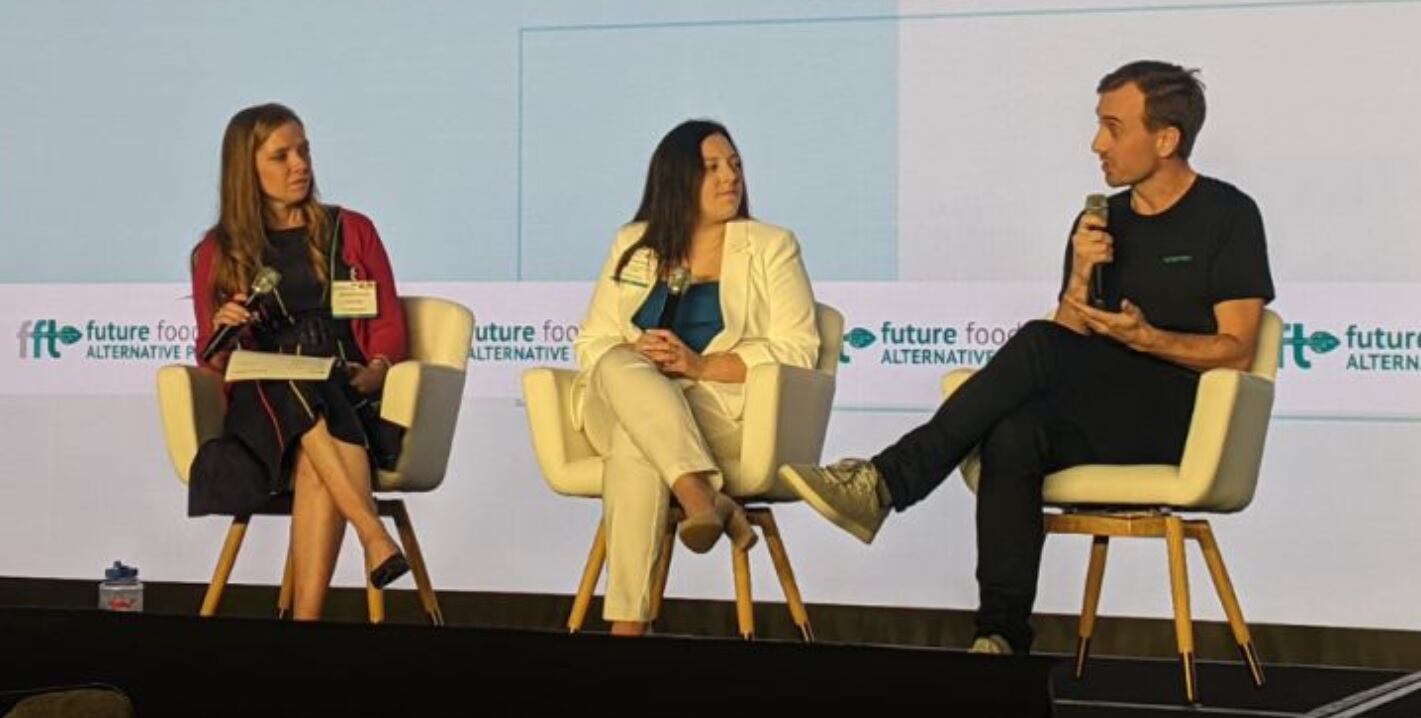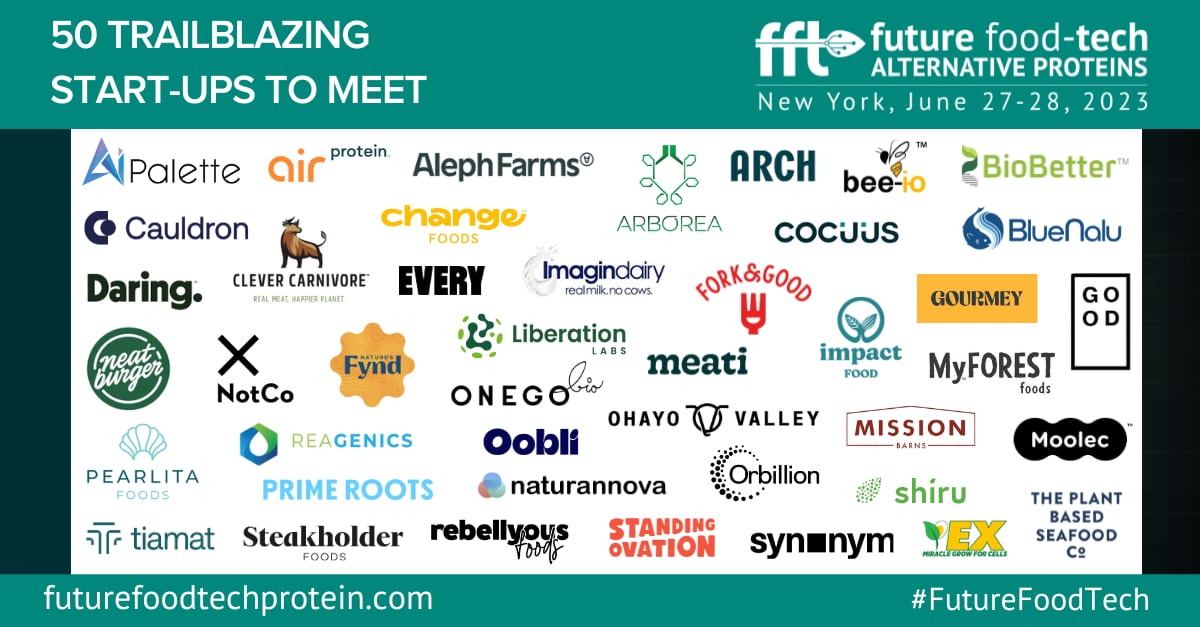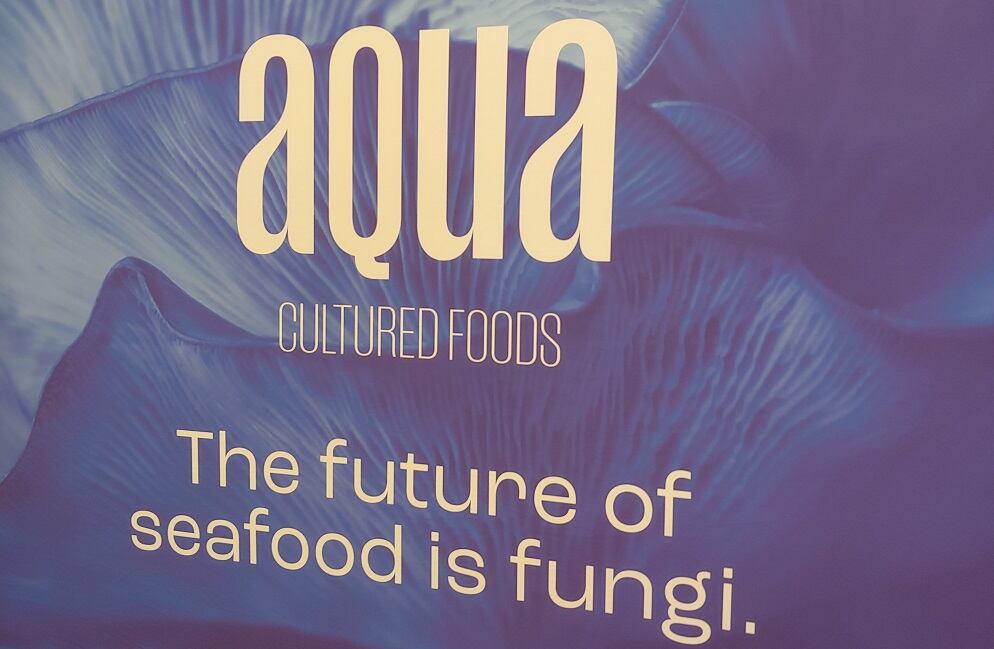According to data from the Good Food Institute and the Plant Based Foods Association, sales of plant-based seafood reached only $14m in 2021 compared to plant-based milk, which was $250bn. But at the same time, research from Stanford found consumer interest in seafood is rising fast with global consumption doubling between 1998 and 2022 and set to expand another 80% by 2050 – suggesting significant market opportunity for cell- and plant-based options, especially given the duress already placed on seafood supplies.
“We’re seeing that the amount of population growth and income ... is going to drive the need for seafood, but it can’t be met by current fish farming and aquaculture practices,” Kassondra Hickey, co-founder and director of science at Pearlita Foods, told conference attendees late last month.
“If we look at just fish as a whole globally, we’re actually only able to meet 40% of that demand,” she explained. “For my sector more specifically, looking at shellfish, we can only meet 25% of that demand. And that’s only going to get bigger as we grow. So, right now, that equates to over 15 million tons of shellfish. But I suspect that’s even going to grow larger as time goes on.”
She explained that the environmental impact of overfishing, rising ocean temperatures and acidification of the seas is further widening the demand-supply gap because shellfish are struggling to form their shells and an increase in microplastics is causing fertility issues among them. Likewise, rising temperatures are fueling an increase in algae blooms, which is causing mass die-offs of oyster and clam beds.
As such, she added, “there is a huge demand-supply gap that hopefully our sector can capitalize on.”
Pearlita Foods is already moving on this potential with a two-prong marketing approach – offering plant-based shellfish now to help build its business with an endgame of offering cell-cultured options soon.
By offering plant-based options, Hickey added, the market potential further expands to include the one in 100 people with a shellfish allergy as well as those who worry about foodborne illness associated with shellfish.
The market potential for plant-based seafood goes beyond ‘alternatives’
The market potential for plant-based seafood is even larger when viewed through a less conventional lens to include proteins sourced from micro algae, said Alex Worker, co-founder and chief growth officer at NewFish, a New Zealand-based biotech nutrition company that leverages microalgae fermentation to produce high quality proteins with a fraction of the environmental footprint of traditional animal agriculture.
He explained that NewFish’s first market for its algae protein is sports nutrition, which he estimates is worth $80bn.
“Adjacent to that, [a market] I find really attractive is advanced nutrition. So, how do we provide sustainable nutrition to our elderly, and do that better, and then also medical nutrition. So, [we are] really looking at these specialized active compounds and proteins, because again, with algae … we’re optimizing for protein, but just like a milk stream, you’ve got other fractions and other revenue streams,” he added.
He explained that NewFish’s white algae protein powder not only is neutral in color and flavor, but also stands out from other plant-based options because it includes a complete amino acid profile, essential minerals and vitamins D and B12 which aren’t present in some other plant-derived foods.
A rising tide lifts all
To deliver on the promise of plant-based, fermentation and cell-cultivation seafood to meet rising consumer demand more sustainably, stakeholders must overcome significant challenges – including capacity constraints and in some cases regulatory approval.
Hickey argues the best way to do that is for players using different technologies to come together – potentially precompetitively – to create the most nutritious and sustainable options.
“We need to come together in the seafood space and play to each other’s strengths. I think that is really important. So, you know, maybe we can engineer cells to make fatty acids or to make things that we need to help assist the nutritional profile. But would that be the lowest cost? And how would we do that? And how would we get that to scale,” she asked.
Answering her own question, she added, “We need to consider each component and what we want it to be, and then also look to each of the technologies within our sector and kind of work together to make that happen.”



